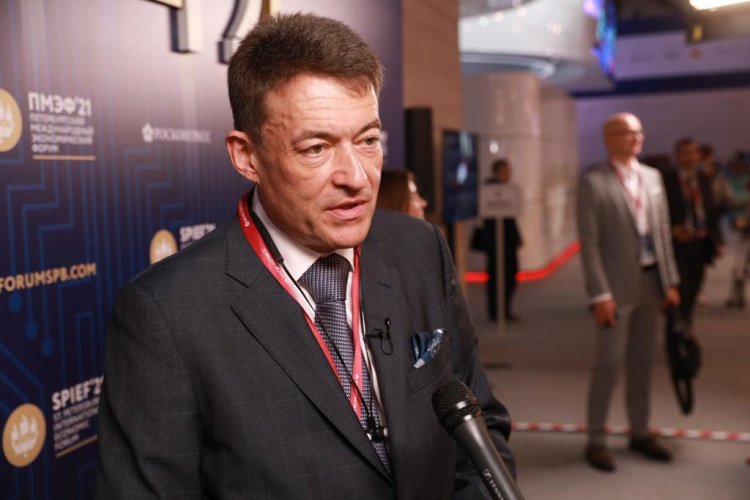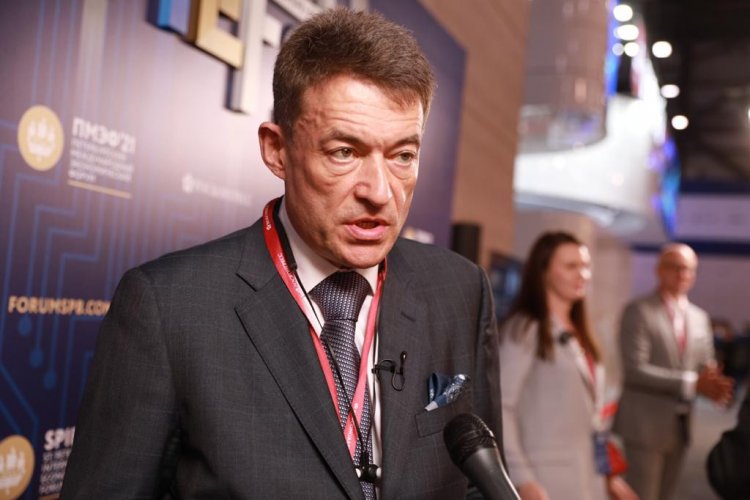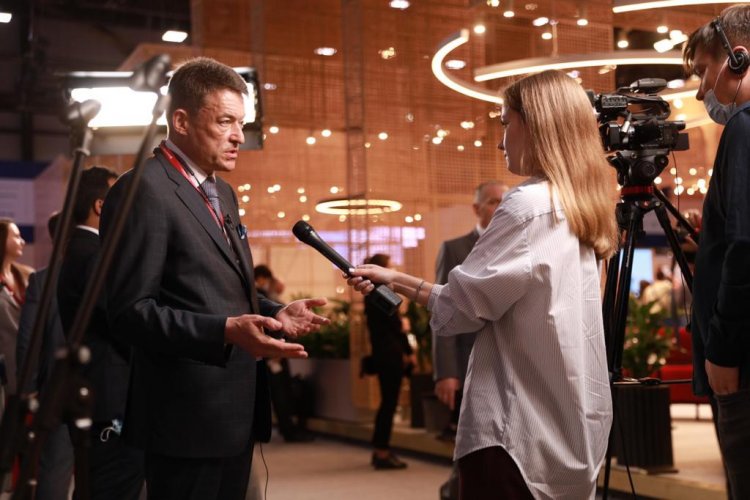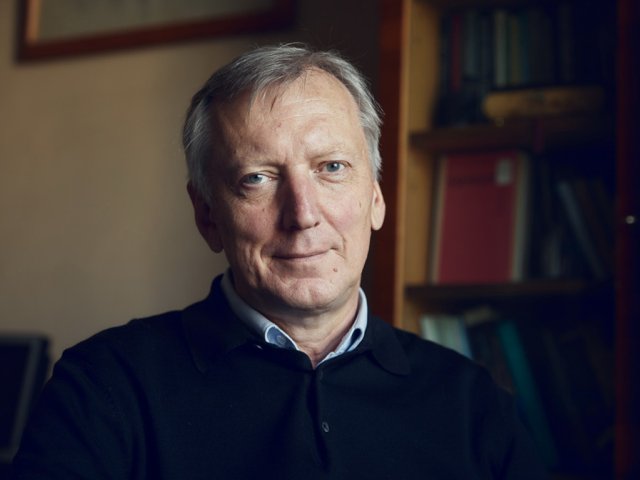The cancer treatment process keeps developing. Complex surgeries, development of vital medications, application of multistage and combined treatment regimens and a number of other things allow the Russian healthcare system to improve recovery rates for severely ill patients.
During the 24th Saint Petersburg International Economic Forum (SPIEF’21), which hosted discussions on the global and Russian economy, social issues, and the future of medical technologies, Andrey Dmitrievich Kaprin, Member of the Russian Academy of Sciences, chief visiting oncology expert of the Russian Ministry of Healthcare, Director General of the National Medical Research Radiological Center of the Ministry of Healthcare of the Russian Federation, told Scientific Russia what cancer treatment methods were practiced in modern medicine.
- Reference centers will provide additional chemotherapy series. How will this be implemented in treatment?
- Telemedicine is developing at a breathtaking pace and keeps developing us. For example, remote review of patients’ histological records is available even today, as well as transmission of genetic testing data and, of course, joint scientific work. The National Medical Research Radiological Center today is the reference center for X-ray diagnostic, molecular genetics, and pathomorphology with the use remote examination methods. These areas are most important to us, in terms of both science and practice. Besides, the new status keeps the team on their toes and enables us to practice telemedicine and assist our most distinguished colleagues from regions. Moreover, in 2020, National Medical Research Radiological Center was chosen as the base CIS organization for oncology. The experience our Center has accumulated was found good for sharing with other countries. Both medicine and science today are really becoming closer to the patient. I would like to point out that in addition to review of documents and preparation of the so called second opinion from specialists of the federal center, those telemedicine concilia involve building individual approaches to treatment. A medical concilium normally involves a chemotherapist, a radiation therapy specialist and a surgeon in order to offer the attending physician and the patient a more effective and optimal treatment plan.
- What medications and treatment technologies will be used in innovative therapy in modern medicine?
Cancer is a systemic disease, and it takes a system to defeat it. As for innovations in oncology, of course I should mention super-precision radiation therapy, modern chemotherapy methods, and molecular-genetic tumor analysis. For example, our Center performs most interesting molecular-genetic analysis, implementing the concepts of personalized treatment: the patient is issued a so called molecular-genetic passport, and if we see that none of the standard treatment regimens help, we develop customized regimens.
There are a lot of innovations, e.g. specialists keep discovering new possibilities in radionuclide therapy. Iodine-125 is used for thyroid problems and in brachytherapy: the same Iodine-125 and other radiopharmaceuticals are administered through a special system of catheters directly into the target during low- or high-dose radiation therapy for prostate or breast cancer. Another example, of course, is radionuclides such as Lutetium-177 created in Russia, as was announced by the Minister of Health Mikhail Murashko. We have known how to synthesize the drug for a long time, but now we have support in terms of a clinical protocol and pre-clinical trials. Please, note that we have received government assignments for six latest radiopharmaceuticals. I think that with such financial support from the Russian Ministry of Healthcare we will be able to put them on the market and replicate them. Also, jointly with Rosatom's Institute of Physics and Power Engineering, we are developing a generator for Rhenium-188 under the leadership of Professor Aleksandr Aleksandrovich Tuzov. This is a platform that could be used to make about eight radionuclide drugs even in the most remote regions.
I would also like to tell you about this endovascular treatment of tumors with various radioactive drugs. For instance, this method is used by endovascular surgeons to dilate a vessel in order to deliver blood to the heart.
We, oncologists, take a different path – we constrict vessels. Unfortunately, a tumor builds its own blood circulation system to feed cells that multiply freely without apoptosis – the cell death stage. Our task, however, is to prevent normal bloodflow to the tumor. We have gone even further: we are thinking of using rhenium – a radiopharmaceutical, which should kill the tumor cells. We expect radionuclide therapy to provide local control of even tumors that have spread over the body. There is a most interesting work we are doing now actively for treatment of liver metastases – the so called liver radioembolization. This is an effective, revolutionary method of treating malignant masses in the liver, which is based on destroying cancer cells with radioactive microspheres delivered to the tumor through arterial vessels. They block the bloodflow to tumor tissues, starving the tumor, which leads to destruction of malignant cells.
I would mention another of our scientific works – brain perfusion. This is an entirely new way of delivering a chemotherapy drug to the tumor – through perfusion, which may become a breakthrough on the path to treating insidious diseases such as glioblastoma. The method, in essence, is to use a by-pass to provide bloodflow to the brain separately from the body during medical manipulation. At this stage, high doses of a chemotherapy drug, deadly to the tumor but safe for the organ, are delivered to the organ for a prolonged period of time. Once the toxicity has dropped, the organ is reconnected to the general blood circulation system.
- What else should be kept in mind? And how to make treatments more effective and accelerate the recovery process?
- We have received authorization to create nuclear pharmacies at centers. That will also enable centers to create, synthesize a drug and then use it immediately to treat patients. There isn't a shorter way. Of course, we need our own heavy Hich-Tech equipment. At the moment, we are developing a CRT (conformal radiotherapy) drug in cooperation with Science and Innovation JSC (Rosatom) under the leadership of V. P. Smirnov, Member of the Russian Academy of Sciences. Jointly with the Dukhov Automatics Research Institute (VNIIA), under the leadership of their Director S. Y. Loparyov, we are developing neutron therapy, for which we already have the accelerator. By combining methods developed in Russia we will be able to move yet closer to successful treatment of oncological diseases.
Interviewer: Anna Posokhova
























